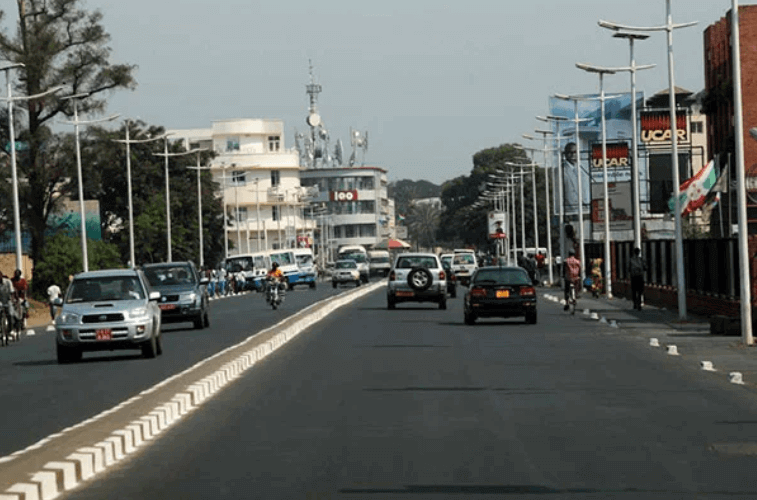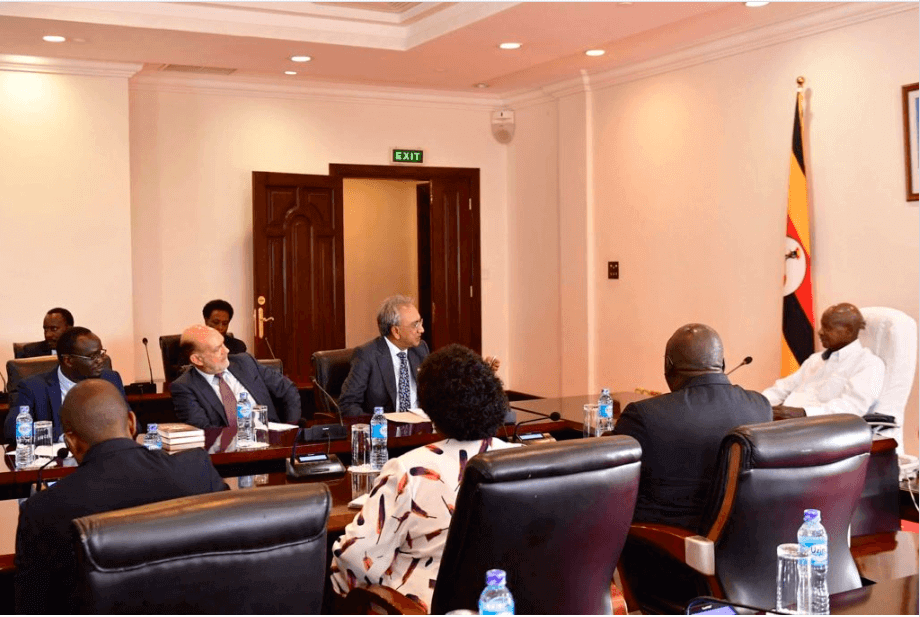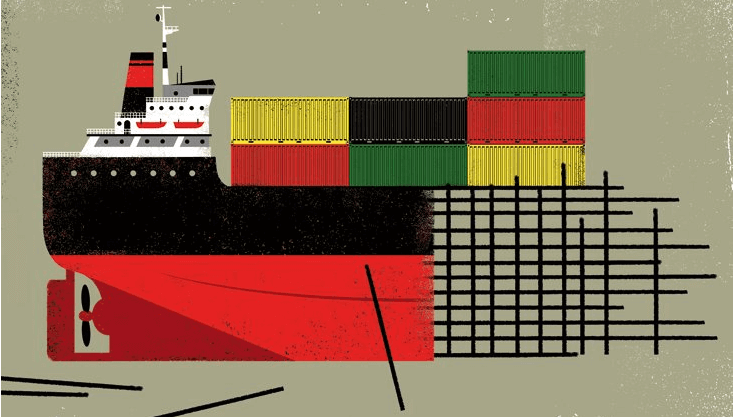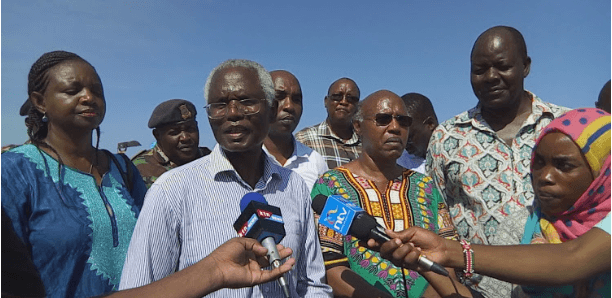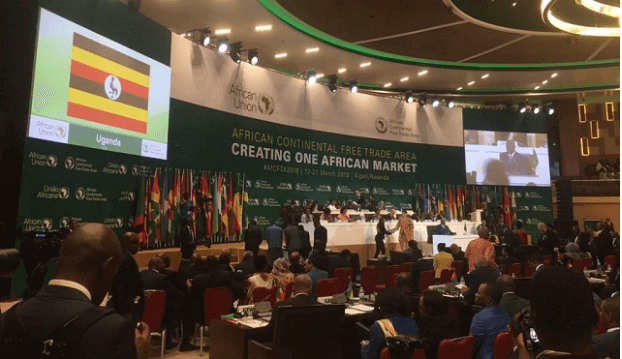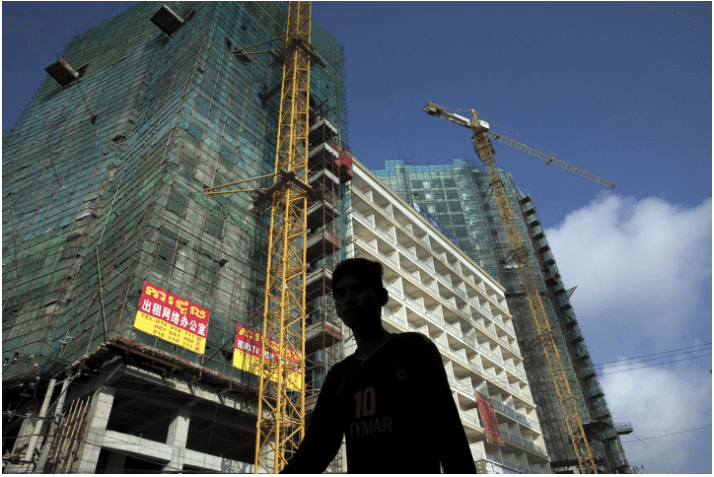There are a lot of statistics and projections of hope about Africa. For example, over 50 per cent of Africans are aged below 20. The global average age is around 30 years. By 2025, it is forecast that the continent’s population will rise to 2.4 billion and will continue to grow to 4.2 billion, nearly four times its present size in the next 100 years. This will mean its share of the global population will increase from 17 per cent to 40 per cent. It is projected that the continent will change more in the next 100 years than it did in the previous 1,000 years. By 2050, 40 per cent of all workers in the world will be coming from Africa. The rate of urbanisation on the continent is so high and by 2025, the continent will have three megacities comprised of more than 10 million people each, with Nigeria’s Lagos projected to be the largest city on earth by 2075. I have picked these quick facts from a compilation done by organisers of Kusi Ideas Festival, launched by the Nation Media Group. The aim of the festival is to build a Pan-African ideas transaction market to capitalise on the opportunities and innovations available to Africa to win in the 21st Century. Supporting statistics are available from many other sources. Furthermore, Africa has about 60 per cent of all the arable land in the world. By 2016, the African Development Bank Group reported that about 30 per cent of...
Africa’s prospects will yield great results if only strategically managed
Posted on: November 7, 2019
Posted on: November 7, 2019




